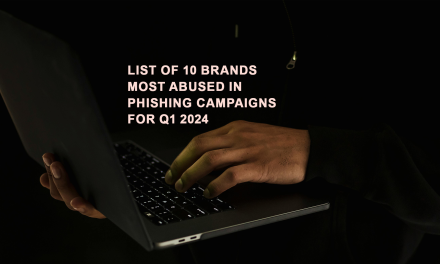Singapore findings
The cost of fraud averages 3.45 times the lost transaction value.
Singapore’s high-speed internet has enabled significant online activity. The downside is cybercrime is increasing, particularly identity theft. Verifying customer identity is the most cited challenge for all channels—exacerbated by the rise of synthetic identities, balancing speed of approval against customer friction, and the volume of malicious botnet orders.
Mobile Channel: 54% of survey respondents allow m-Commerce transactions—growing faster than the overall online market. The largest volume of m-commerce transactions is through mobile apps which have been historically less secure and are now increasingly targeted by fraudsters at a global level.
Fraud losses: In Singapore, 68% of fraud comes from online channels (web and mobile) compared to 29% in-person at a store or kiosk.
Credit and debit transactions: these represent 71% of fraud losses—44% of those losses are “card not present” fraud.
Indonesia findings
The cost of fraud averages 3.25 times the lost transaction value.
The sheer growth in Indonesia’s internet economy and mobile transactions undoubtedly contributes somewhat to difficulties in determining if provided information is associated with the identity of a real person. As is the case for all the other countries surveyed, verifying customer identity is the most cited challenge for all channels.
e-Commerce has rapidly risen due to increased smartphone usage. More than 40% of Indonesia’s population are on smartphones, and about 70% of internet traffic comes from these devices. 90% of fraud costs in Indonesia are domestic. Of the 10% that is international, the majority (57%) comes from other Southeastern Asia markets.
Mobile Channel: The mobile channel (mobile web browsers and apps) is contributing to fraud risk. In general m-Commerce industries suffer from the cost of fraud but digital financial services
firms (regionally) suffer even more, with fraud costs = 1.78% of revenue. E-Commerce and m-Commerce remote transaction channels present higher risk as they continue to grow—m-Commerce in Indonesia grew 39% YOY 2017-2018.
The non-domestic percentage of fraud is higher than the non-domestic share of revenue.
55% of survey respondents allow m-Commerce transactions—this is growing faster than the overall online market. The largest volume of m-Commerce transactions is through mobile apps which have been historically less secure and are now increasingly targeted by fraudsters at a global level.
Fraud losses: In Indonesia, 62% of fraud comes from online channels (web and mobile) compared to 33% in-person at a store or kiosk. Reducing fraud would not only help to drive revenues but also increase customer loyalty. Credit and debit transactions: these represent 71% of fraud losses—34% of those losses are “card not present” fraud.
Malaysia findings
The cost of fraud averages 3.57 times the lost transaction value.
Malaysia ranks 5th among the fastest growing e-Commerce countries in 2019—above the global average. Not surprising, transactions via mobile devices have grown 121% from 2017 to 2018. There, 86% of fraud costs in Malaysia are domestic. Of the 14% that is international, the majority (62%) comes from other South Eastern Asia markets. There’s a disproportionate degree of fraud as compared to revenue. Identity theft is one of the top reported cybercrimes in Malaysia. Verifying customer identity is the most cited challenge for all channels.
Mobile Channel: The mobile channel (mobile web browsers and apps) is contributing to fraud risk. In general m-commerce industries suffer from the cost of fraud but digital financial services firms (regionally) suffer even more, with fraud costs = 2.05% of revenue. 60% of survey respondents allow m-commerce transactions—62% of mobile users use their devices to shop online. The largest volume of m-commerce transactions is through branded and 3rd party mobile apps, followed by mobile web browsers.
Fraud Losses: 63% of fraud comes from online channels (web and mobile) compared to 35% in-person at a store or kiosk. Credit and debit transactions: these represent 76% of fraud losses—31% of those losses are “card not present” fraud.
Philippines findings
LexisNexis Fraud Multiplier amount is 3.46 for the Philippines.
The Philippines has seen numerous fraud incidents like ATM card skimming, online scams and identity fraud. The e-Commerce market is expected to grow into double digits in the near future as a result of improved telecommunications infrastructure and increased internet and mobile phone usage. There, 88% of fraud costs are domestic. Of the 12% that is international, the majority (76%) comes from other South Eastern Asia markets. There is a disproportionate degree of fraud as compared to revenue.
Mobile Channel: 65% of survey respondents allow m-commerce transactions—but a majority of transactions go through in-person and online channels. The largest volume of m-Commerce transactions is through branded and 3rd party mobile apps, followed by mobile web browsers.
Fraud losses: 65% of fraud there comes from online channels (web and mobile) compared to 27% in-person at a store or kiosk.
Credit and debit transactions: these represent 73% of fraud losses—37% of those losses are “card not present” fraud.
If the findings can help your organization identify a risk management strategy, refer to the in-depth reports for Indonesia, Malaysia, Philippines and Singapore.





















